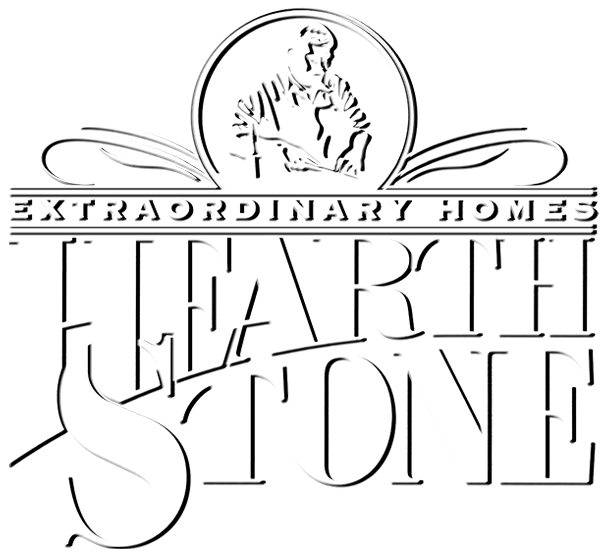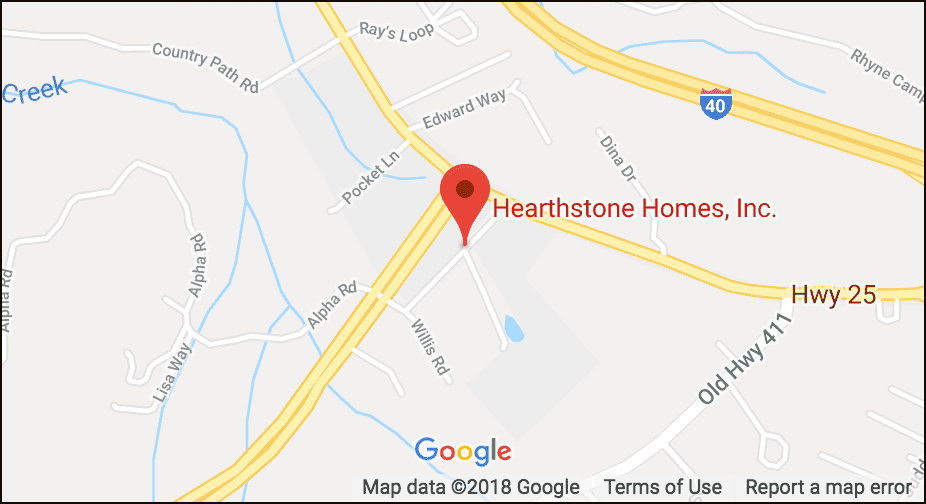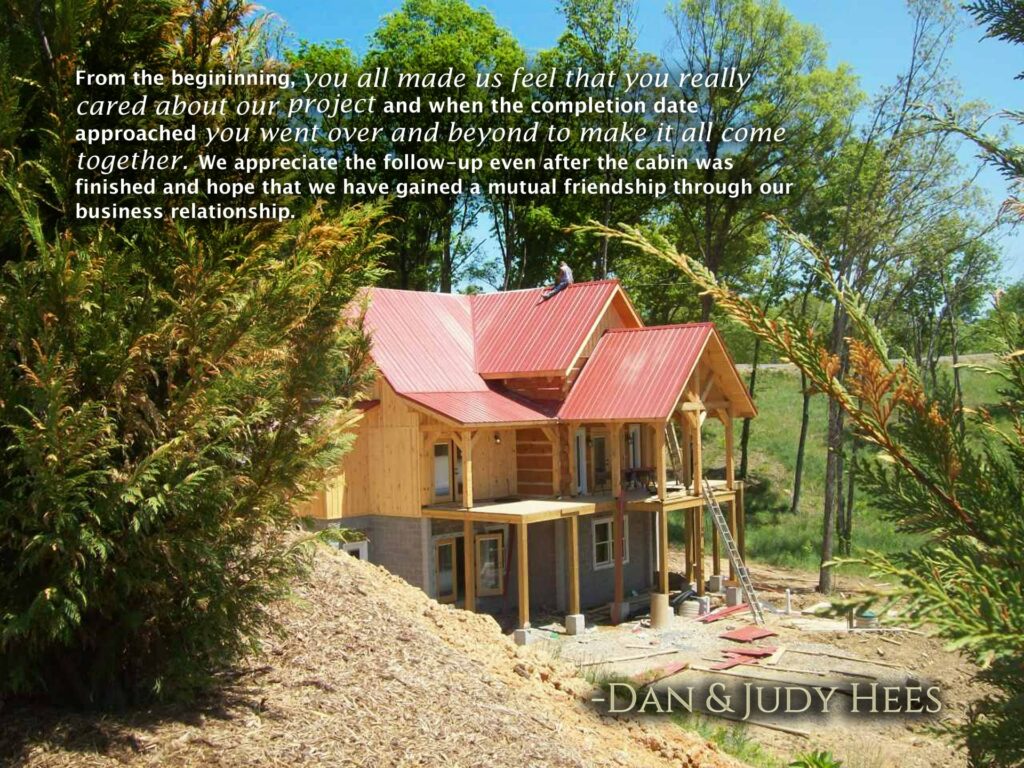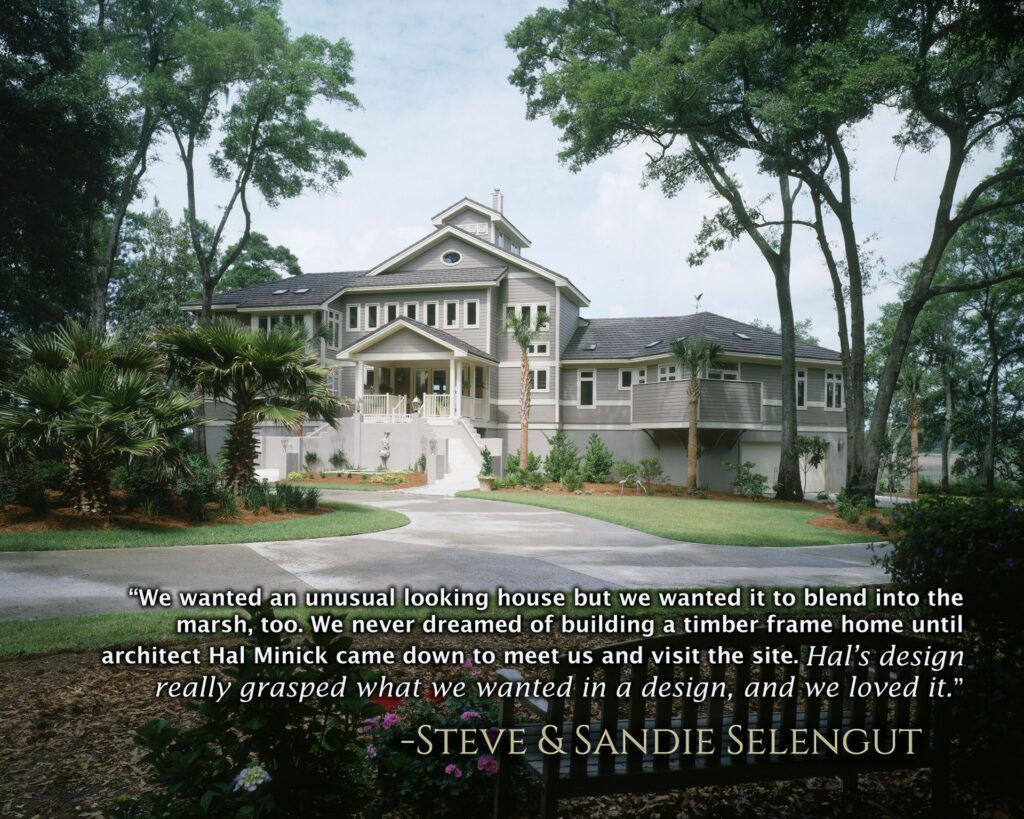Typically among the goals of homeowners are to recreate feelings of genuine warmth and intimate coziness, to disturb the natural environment as little as possible, and to simplify and create a rustic, more authentic, getaway lifestyle. Across the country, there’s been a real revival in cabin craftsmanship in general, and smaller log structures specifically, that follows a revival of the spirit of rugged individualism-feeling closer to the land and just a bit further away from civilization. Nestled under a forest canopy or open skies, beside a mountain stream or overlooking a placid lake, cabin living with its cozy nooks and intimate spaces, is an intensely personal world, one offering peace, fulfillment and a deeper sense of well-being.
Have you seen our Guest House Collection?
This Alabama Camp is a small 12×14 conditioned cabin built with hewn 6×8 logs and 13/8″ Chink space. Supported by a pier and platform sub-floor.

Designed to be built in “clusters” as sleeping space for couples with main gathering room, dining, kitchen and indoor plumbing nearby.

The smaller the house, the more important the porches are. Porches create extra living space. Every cabin built in the 1800s had at least a porch out front. With an economy of interior space, outdoor living gained importance, and in the summer, a shaded porch in the path of a breeze was a comfortable place to work and rest.


The possibilities of these small spaces are endless. Many feel they could never live in a home this small and instead use the home as extra space. Because of their size, they make for great backyard additions or a vacation getaway. Here is an article from Www.Treehugger.Com with some great ways to use a tiny house (other than as a home).
9 ideas for using a tiny house for a purpose other than as a home
by Derek Markham
1. Tiny house as an office: For the self-employed, the freelancers, the entrepreneurs, and anyone else who works out of their house, building or buying a tiny house for an office could make a lot of sense. Having a space to work from that isn’t right on the other side of the wall from the rest of the family, and one that offers privacy and peace and quiet so that you can stay focused, could be the magic sauce you need to focus better on your work, and being able to close the door and walk away from it at the end of the day may offer you a clearer sense of separation between work and home life.

2. Tiny house as a tech-zone: All too often, our technology can end up controlling us rather than the other way around, as our abundance of Internet-connected gadgets and always-on WiFi in our homes can lead to a pretty serious case of tech addiction, which may wreak havoc on our personal and family lives. A tiny house that’s set up just as a technology zone outside of our daily living space, where we go to get internet access or watch TV or for gaming, can help us to get a grip on our uber-connected lives. If we have to go to another building, even one right in the backyard, to check our email or surf the web, we might be able to find a better balance between the attention we place on our technology and the attention we pay to our real-life relationships and experiences.

3. Tiny house as a weekend home: Even those of us that live in the most comfortable or stylish house still get the urge to get away for the weekend, and a tiny house can make that a reality, whether it sits in the back yard or on a piece of property in the country. By building or buying a tiny house as a second home, we can have a place of refuge from our daily grind, without having to come up with the money (or taking out a big mortgage), and because a tiny house is, well, tiny, it can be outfitted and decorated much cheaper than a conventional home.

4. Tiny house as a studio or workshop: Whether you’re an artist, a writer, a massage therapist, a hairdresser, or any number of professions, a tiny house could fit the bill as the perfect way to have a dedicated space to follow your muse. With a tiny house as a space to ply your skills, you can get the benefits of having a studio, without having to come up with rent each month (and without having to deal with the quirks of the tenants in the studio next to you).

5. Tiny house as a guest house: When you regularly host guests in your home, especially for longer periods, you might find yourself just waiting for them to leave, regardless of whether or not you enjoy their company, just so you can have your own personal space back. The older tradition of having a ‘mother-in-law’ apartment or a casita behind the main house isn’t very common anymore, but having a tiny house to put up friends or family when they come to visit could help to revive that, and could help to ease the stress that some people feel when they open their home to others for long visits.

6. Tiny house for teenagers: The yearning of a teenager to be more independent, along with their parents’ desire to get a little reprieve from the constantly high volume of their teen’s stereo or gaming devices, might both be served by building or buying a tiny house in the yard. By using a tiny house as a teenager room, families may be able to keep the peace longer, while also giving their teen a sense of independence, as well as a greater sense of responsibility, especially if that tiny house came with a ‘budget’ for the energy and water used in it.

7. Tiny house as a rental: The legality of building a tiny house as a rental unit on your property is dependent on local regulations for residences, and it may not be possible in some areas, but in places with less restrictive codes, it could be a way to offset some of the costs of your own mortgage. And with the rise of sharing economy services such as AirBnB, offering a tiny house as a vacation or short-term rental home could be a way to get around the residency and building code issues of having a second dwelling on your property.

8. Tiny house as a tech-free zone: This is almost the exact opposite of number 2, and could offer a refuge from technology. If it’s almost impossible to get away from the blinking lights of our gadgets, the beckoning keyboard, the humming hard drive, the ringing of the phone, or the draw of the flatscreen TV, then building a tiny house as a refuge from all that might be the answer. Whether you use the tiny house for meditation, for intimate conversation, or just as a quiet hideout from the demands of our busy modern lifestyle, having a tech-free zone could be another way to get into balance in our lives.

9. Tiny house as homeschool: For those of us who homeschool our children, it can sometimes be hard to keep the kids focused on the tasks at hand, because they’re in their own home, with all of their toys and games drawing their attention. Some families set up a dedicated room for homeschooling, which can help to differentiate between play time and learning time, but that requires a spare room in the house. Another option could be building a tiny house in the yard to serve as the modern version of the one-room schoolhouse of old. Having a tiny house as a dedicated space for learning and studying could help to keep the kids (and their parents) more focused during homeschool, and may serve as a way to make it more exciting for the children.
The next time you see or read about a tiny house and get the urge to build your own, but aren’t quite sure if you could live in one full-time, consider that there are plenty of other great uses for tiny houses than as a home, at least one of which might be the right reason you need to start building.








